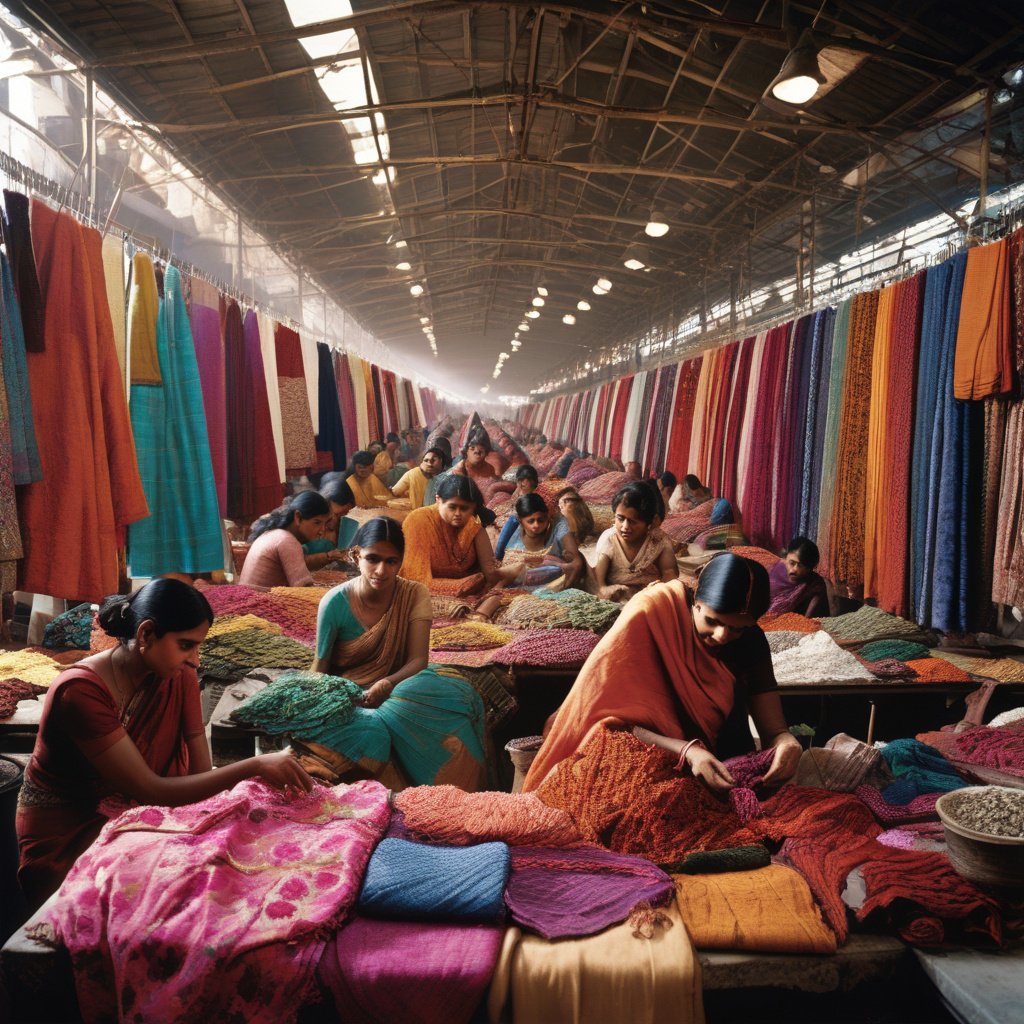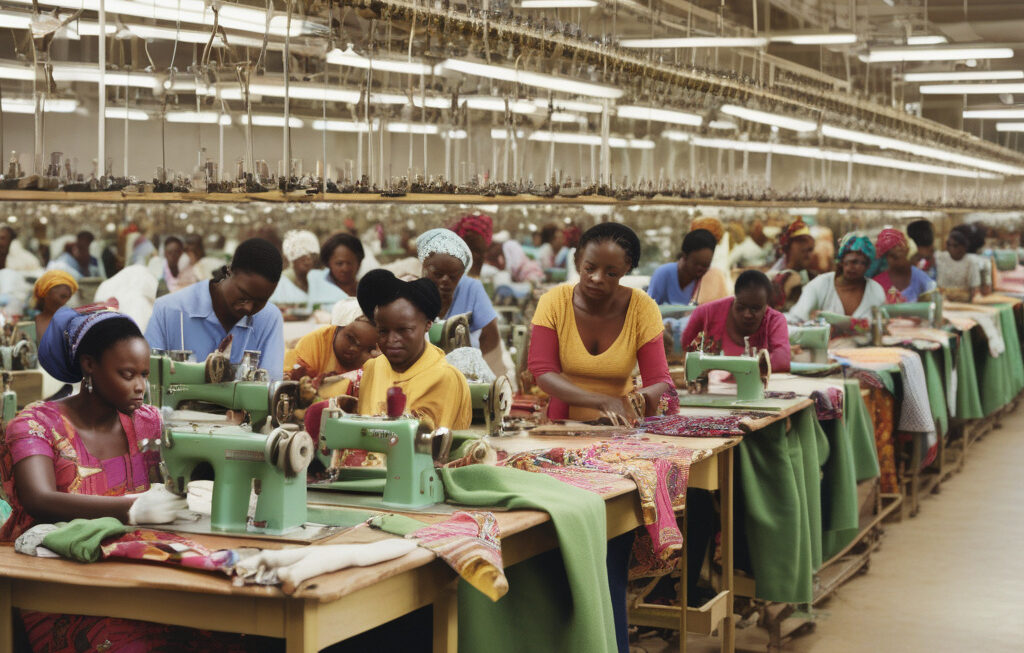Can India Become the World’s Fashion Factory?
As US President Donald Trump’s punitive tariffs take effect, the global apparel manufacturing landscape is experiencing a significant shift. With China facing increased trade tensions, countries like India are seizing the opportunity to position themselves as the next fashion manufacturing hub. Despite longstanding obstacles, the Indian government and industry players are working tirelessly to make this vision a reality.
One of the key factors driving India’s ambition to become the world’s fashion factory is its large and young workforce. With over 65% of the population under the age of 35, India boasts a vast pool of labor that can be trained and upskilled to meet the demands of the fashion industry. This demographic advantage gives India a competitive edge over countries facing an aging workforce, such as China.
Moreover, the Indian government has been implementing various initiatives to attract foreign investment and boost domestic manufacturing. The “Make in India” campaign, launched in 2014, aims to transform India into a global manufacturing hub across various sectors, including apparel and textiles. Additionally, recent reforms in labor laws and trade policies have made it easier for businesses to set up manufacturing facilities in the country.
In terms of infrastructure, India has been making significant strides in recent years. The development of industrial parks, special economic zones, and textile parks has created a conducive environment for manufacturing activities. Furthermore, improvements in logistics and transportation networks have helped streamline the supply chain, making it more efficient and cost-effective for businesses.
Despite these advancements, India still faces challenges that need to be addressed to realize its ambition of becoming the world’s fashion factory. One of the major obstacles is the complex regulatory environment, which can be daunting for both domestic and foreign companies looking to invest in the country. Streamlining regulations and reducing red tape will be crucial in attracting more investments and fostering growth in the sector.
Another challenge is the need for upskilling and training the workforce to meet international standards of quality and efficiency. While India has a large labor pool, there is a shortage of skilled workers in the apparel manufacturing sector. Collaborations between the government, industry, and educational institutions will be essential to bridge this gap and ensure a steady supply of skilled labor.
Despite these challenges, India’s potential to become the world’s fashion factory is undeniable. The country’s rich textile heritage, coupled with its growing manufacturing capabilities and supportive government policies, position it as a formidable player in the global fashion industry. By addressing existing hurdles and capitalizing on its strengths, India has the opportunity to transform into a manufacturing powerhouse that caters to the needs of the fashion world.
In conclusion, as trade dynamics continue to evolve on the global stage, India is poised to emerge as a key player in the fashion manufacturing industry. By leveraging its demographic dividend, improving infrastructure, and tackling regulatory challenges, India can indeed become the world’s fashion factory, meeting the demands of international brands and consumers alike.
India, Fashion, Manufacturing, Apparel, GlobalIndustry











